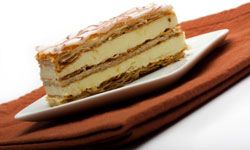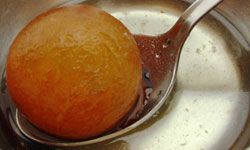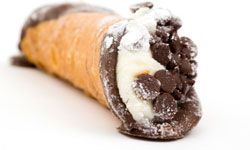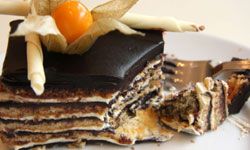Step aside, top chefs! Pastry chefs are the new rock stars. With pastry cream and spun sugar in hand, these cake-baking, dessert-creating fiends are taking their places in the spotlight! And in honor of these brave bakers, we've put together a list of some of the most decadent pastries ever conceived.
You won't find plain old vanilla cupcakes or chocolate chip cookies on this list. No, these 10 desserts trump those old standbys. Get ready to drool and kick into a sugar high as you click through the following pages. Bon appétit!
Advertisement







